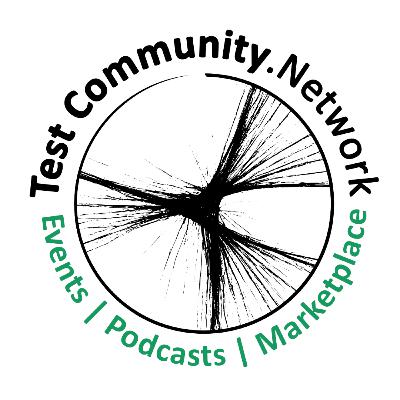AI Detection: The Technology Behind Spotting AI-Generated Content with Bradley Emi
Description
In this week's episode, Tim Burnett chats with Bradley Emi, CTO of Pangram Labs. Bradley is a Stanford AI researcher who previously worked as an AI scientist at Tesla before co-founding Pangram Labs, a company specialising in AI detection technology. They discuss:
- How Pangram Labs' AI detection technology identifies AI-generated content with a remarkably low false positive rate of 0.01%
- The unique "active learning" approach that helps their system achieve greater accuracy than competitors
- The challenges of creating equitable AI detection that works across multiple languages and for non-native English speakers
Bradley shares his background as a Stanford AI researcher who, along with his co-founder (also from Stanford), created Pangram Labs after working at major tech companies. Their mission is to ensure transparency around AI-generated content, particularly addressing academic integrity issues in education.
Unlike many academic integrity tools that combine plagiarism detection with AI detection, Pangram Labs focuses exclusively on identifying AI-generated text. Their deep learning model, trained on hundreds of millions of examples of human and AI text, achieves impressive accuracy with a false positive rate of just 0.01% and a false negative rate of 0.1%.
Bradley explains how their system works by identifying the subtle patterns and stylistic choices that distinguish AI writing from human writing. He notes that AI systems often use distinctive language patterns and word choices (like frequent use of em dashes or words such as "tapestry" and "delve") that result from their training process.
What sets Pangram Labs apart is their "active learning" approach, where their system actively searches for difficult examples that it struggles to classify correctly, then incorporates these into further training. This has allowed them to reduce error rates from around 1-2% (typical for competitors) to about 0.1%.
Bradley states that, unlike many AI detectors that struggle with non-native English writing, Pangram's solution avoids using metrics like "perplexity" and "burstiness" that tend to misclassify ESL (English as Second Language) text as AI-generated. Instead, their approach looks for patterns across diverse human language samples, making it more equitable for all writers.
The platform provides different levels of analysis depending on text length—for shorter submissions (under 400 words), it gives a simple AI or not AI determination with a confidence percentage, while for longer texts, it offers paragraph-by-paragraph analysis to identify mixed content where students might have used AI for only portions of their work.
This episode provides valuable insights for educators, assessment professionals, and anyone interested in understanding the current state of AI detection technology. Particularly noteworthy is Bradley's offer of unlimited free access for academics who wish to conduct research on their tool—reflecting an open approach to scientific validation that benefits the wider educational community as we navigate the evolving landscape of AI in education.
Now run these show notes through the platform to see if they were written by AI :)Bonus AO Forum Presentation: https://www.youtube.com/watch?v=MemOFGK1-0A
Connect with Bradley Emi on LinkedIn: https://www.linkedin.com/in/bradleyemi/
Connect with Tim Burnett on LinkedIn: https://www.linkedin.com/in/tburnett/
If you would like to join Tim on a future episode or sponsor the Test Community Network then get in touch with Tim to schedule a call: https://calendly.com/educationtech/15min-teams-chat
Events: https://www.testcommunity.network/upcoming-events
Podcasts: https://www.testcommunity.network/podcasts
Marketplace: https://www.testcommunity.network/marketplace
Subscribe to the Test Community Network here: https://www.testcommunity.network





